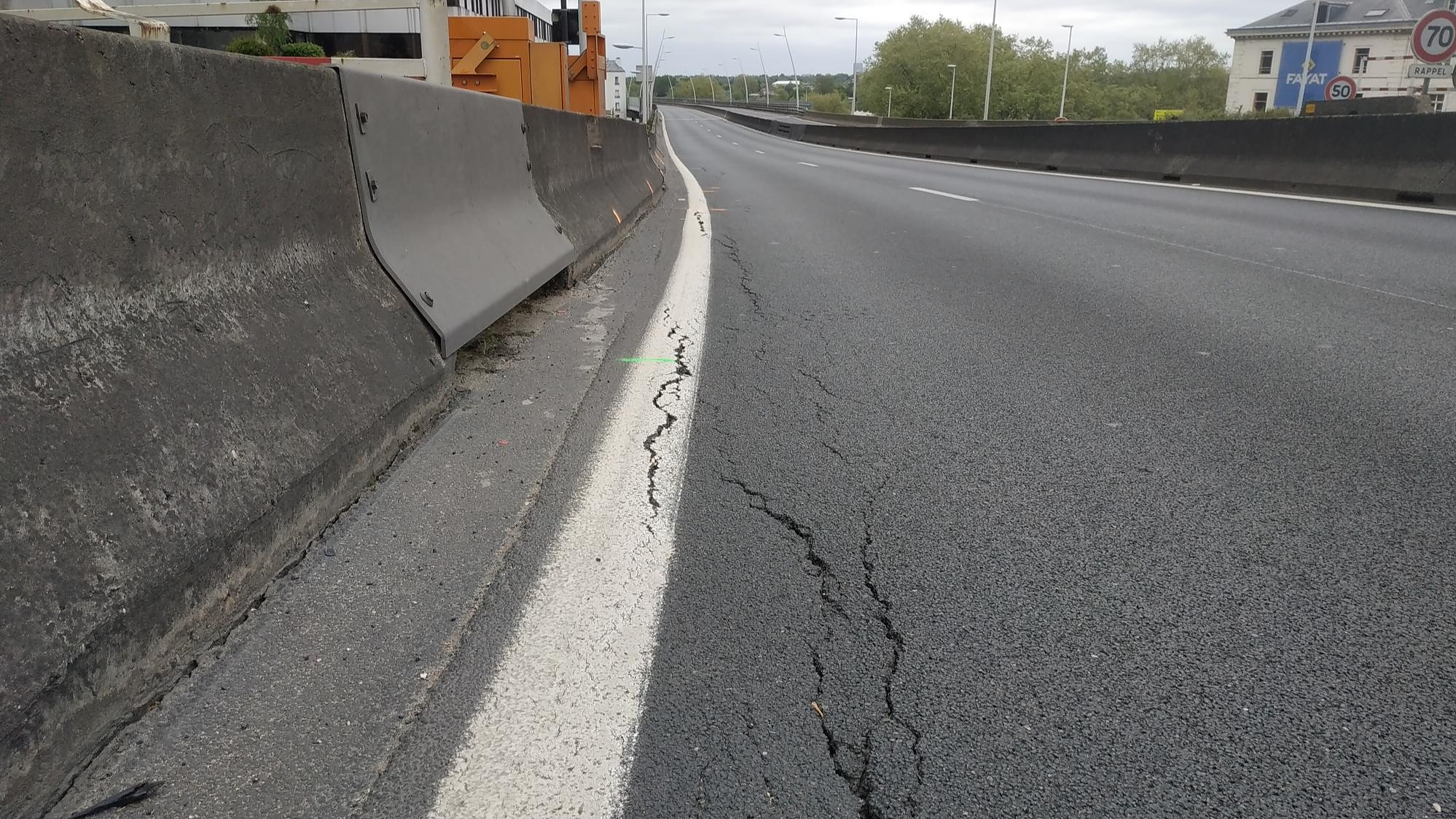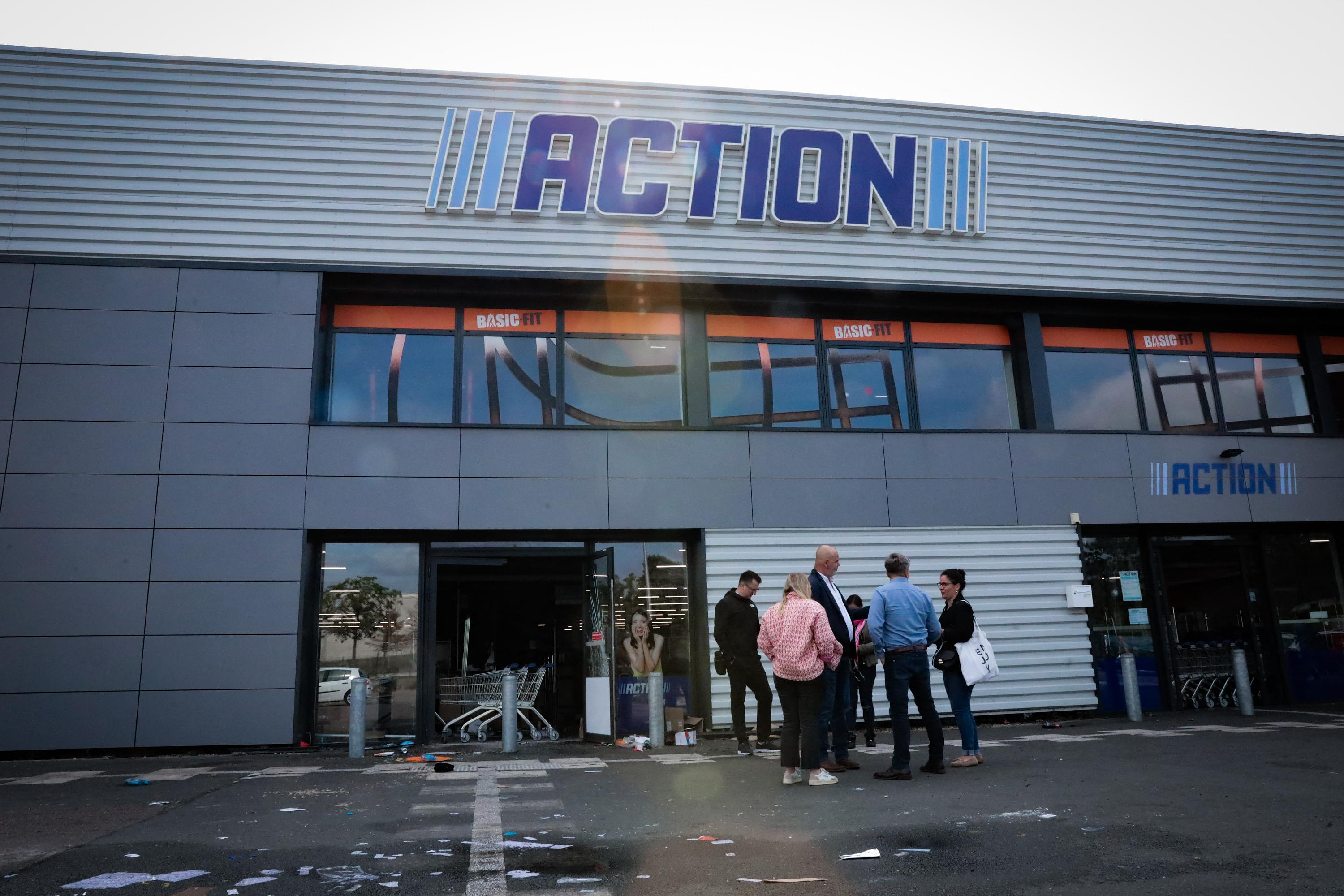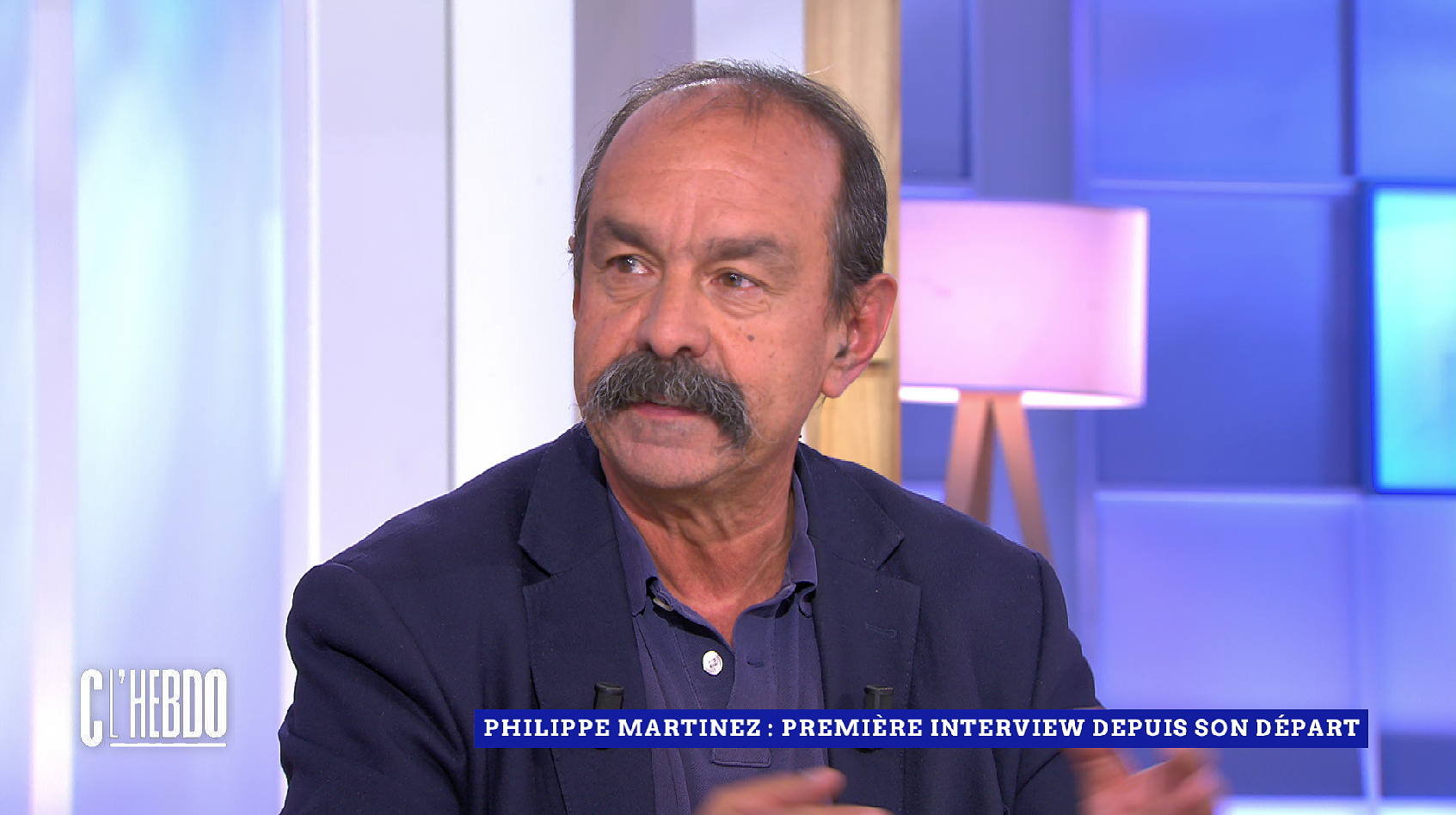Every evening, regardless of the weather, one of eleven ships embarks on its long journey on time. It travels 12 days north from Bergen to the Barents Sea, then turns at Kirkenes near the Russian border and heads back south.
The Norwegian government has re-licensed the classic. By 2030, two Norwegian shipping companies will share the liner service: Hurtigruten and Havila. This probably means from summer 2023: seven ships Hurtigruten, four ships Havila. Timetable and frequency remain the same.
This also has advantages for holidaymakers: the shipping companies outdo each other when it comes to sustainability, excursions and on-board kitchens. All ships sail at different times so that you can go on different excursions on the outward journey than on the return journey. Vacationers then see in daylight what they slept through at night in the other direction.
For the first time, the scheduled service will even be extended: from summer 2023, Hurtigruten will also be running from Oslo to the North Cape and from Bergen to the polar bears in Spitsbergen in the Arctic. A classic mail boat route from/to Bergen costs from 1899 euros per person in an inside cabin, with full board, flight from/to Germany and transfers. Half tours are also popular, either north from Bergen to Kirkenes or south from Kirkenes to Bergen (providers: Hurtigruten.de and havilavoyages.com).
130 years ago, on a July day in 1893, Captain Richard With navigated the Vesteraalen from Trondheim north along the Norwegian coast, skirting treacherous reefs, narrow sounds, skerries, whirlpools and shoals. For ten years he and his pilot meticulously worked out a postal route in nautical charts that should also be safe to navigate at night and in winter.
And: As soon as possible - "hurtig" just, hürti pronounced in Norwegian. In record time, the ship steamed to Hammerfest in 67 hours. "We danced to the accordion on the cab roof," noted With's daughter, Nanna.
Then as now, the Hurtigrute serves the same purpose: Norwegians use it like a regular bus from port to port for the way to school, visits to authorities, and as a haulage company for cars, pianos and building materials. In the morning one ship comes northbound into each port, in the evening one southbound. But most holidaymakers use the route for a cruise – 34 ports, 2400 kilometers in twelve days. Only mailbags have long had their day, they are flown.
It looks like the end of the world: the cliffs drop 306 meters into the sea. The North Cape, a rocky plateau on the Norwegian island of Magerøya, surrounded by the Arctic Ocean. Especially worth seeing in winter, when only a few day visitors come by and a snow plow in front of the vehicle has to clear the snow-covered path. The North Pole is still 2100 kilometers from here, but somehow it feels much closer. Even reindeer don't survive here in winter.
The North Cape, discovered in 1553, is considered the northernmost point in Europe. Visitors like to pose at the landmark, the Globe Monument. You have to say: The North Cape is not the northernmost point in Europe at all, that is cheated for tourist reasons. In fact, another rocky outcrop is in sight 1400 meters further north: Nivskjellodden. In summer it can be hiked in an eight-hour tour. After all: The North Cape remains its superlative as the northernmost point in Europe that can be reached by road from the mainland.
It is an invasive monster, weighing up to eight kilos, but extremely delicate: the red king crab feels at home on the north Norwegian coast. It is also called the Stalin crab because the Soviet dictator is said to have ordered the tasty crustacean from the North Pacific to be settled on the north Russian coast in the 1930s. Stalin's successor, Khrushchev, even had millions of their larvae released into the Barents Sea, which had previously been collected near Vladivostok and transported across the continent by plane and Trans-Siberian railway.
In the meantime, the Soviet giant crab has made its way to Norway, where it becomes a problem for nature, because it eats everything it can get its long claws on. The population is meant to be kept in check, so it just feeds the problem.
Passengers can join crab safaris off Kirkenes near the Russian border - and then there's the freshly caught delicacy aboard Hurtigruten ships. Fed up with crab and with a clear conscience.
The mail boat route is sporty, casual and downright adventurous - with all kinds of shore excursions that make the cruise almost an expedition. Tourists can be recognized by their onion look at any time of the year: rain pants, thermal suits, boots. The weather-tested Norwegians aren't wrapped up that badly, even when it's minus 15 degrees they jog past the harbor in shorts.
There is a huge choice of excursions, which is why there is sometimes a problem of timing: the ships do call at many ports, but often only stay there for a short time. The solution: Day trippers who need more time for their land tour get off and only board again in the next port, so they do a kind of hop-on hop-off tour.
This leaves enough time for a beach ride with Icelandic horses (only for passengers up to 90 kilos, so that the pony doesn't collapse), for dog sledding, hiking, paddling, biking or snowmobiling. The quad tour across the mountains near Kirkenes is popular at the moment to look across the border to Russia.
Northern Norwegians enjoy the endless sunshine in summer, from early May to early August, as a small compensation for the long, sunless winter months. In the spirit of friluftsliv, i.e. the typical Norwegian love of life in nature, they use this time of year to be out and about at night if possible.
The soft, warm light of the midnight sun is comparable to the golden hour, i.e. the time just after sunrise or before sunset. You'll meet the locals at midnight harbor parties, witching-hour hikes, or early-morning kayaking, safe in the knowledge that the sun doesn't set and everyone gets home or on board in the light.
Passengers can fish, swim or dance at Viking festivals even at 1 a.m. on excursions. Here in the north, the saying goes: “You can sleep in the south.” Tip: If you want to sleep well in summer, bring a sleep mask with you or book an inside cabin right away.
It is an imaginary line that runs around the earth: The polar circle is the degree of latitude behind which the sun never sinks behind the horizon in summer and does not even manage to emerge in winter. In terms of climate, the polar region begins here. This magical number 66° 33' N marks a globe monument on the islet of Vikingen.
However, the Arctic Circle is not set in stone, so to speak. As the Earth's axis changes, the position of the Arctic Circle also shifts very slowly. In practical terms, this means that the boundary line moves north by 14 to 15 meters every year. This morning, the Hurtigruten ship Richard With crosses the Arctic Circle at 7:56 a.m. If you guessed the time correctly, you win a shipping company flag for your home flagpole.
Then it's time to queue for the robust Arctic Circle baptism on deck. Almost all vacationers join in, even in winter when it's minus 20 degrees: One or two soup ladles of ice water and a shovel of ice cubes are poured into the collar - that's supposed to bring good luck.
Nobody can avoid the fish here. In each of the picturesque harbors on the Lofoten, thousands upon thousands of skewered cod hang out on the wooden racks to air dry. If that stinks, the people of Lofoten will gently but definitely improve it: Fish doesn't smell, they say. The islanders have made a living from fishing for generations, and increasingly from tourism, and no matter who you ask, every family has a cutter somewhere.
On the menu, whether on board the passenger ships that have freshly caught cod, halibut and cod delivered in crates via the gangway to the kitchen, or in the countless harbor restaurants where a stuffed fish is guaranteed to hang on the wall with its mouth open: it should be here You can taste specialties like skrei, the arctic winter cod, and nibble on tørrfisk chips made from dried fish.
There's plenty of salmon, fish soup or shrimp fish burgers with the funny name "Ole Brumm". This goes well with Lofotenpils, from one of the northernmost breweries in the world.
During the cold season, aurora hunters come on board from all over the world. In the winter months, the northern lights dance around the ship on a clear night sky and are reflected in the fjords. They form into squiggles and ribbons, waft like waves - you can't get enough of them.
And because the green-violet play of light is also considered a good omen for happiness in love, many romantically inclined couples from Asia, Spain and Brazil like to come. Such a natural wonder does not exist in the south. The Northern Lights season north of the Arctic Circle lasts from October to March, and the Hurtigruten shipping company then makes an Northern Lights promise: If no sighting is announced via the loudspeakers on board, then you can travel again free of charge.
Incidentally, the chances of seeing the northern lights are even better in the next few years: Because the light shows are caused by solar storms, they will be even more visible due to the increasing activity of the sun before they flatten out again in 2026.
At any time of the year there is a great chance of spotting whales on the northern Norwegian coast, in the fjords and in the open sea. In summer, sperm whale families are best seen between June and August in the north of the Vesterålen Islands, with the occasional pilot whale, minke whale and a few dolphins.
In winter, whale safaris are offered in many fjords. There is a high probability of seeing many orcas and humpback whales here, and occasionally fin whales that are up to 20 meters long. They all hungrily follow the herring, which gathers in the millions in winter in the fjords, which are ice-free thanks to the Gulf Stream (then you can even hear the murmur of the shoals of herring).
A special feature is the Tysfjord, here killer whales cavort. Many orca and humpback whales can be seen up close around Tromsø in winter between November and January on excursions with hybrid boats. As soon as one of the animals appears, the captain switches to silent electric propulsion so as not to disturb the animals.
Participation in the voyage was supported by Hurtigruten. You can find our standards of transparency and journalistic independence at axelspringer.com/de/Werte/downloads.

 B:SM will break its investment record this year with 62 million euros
B:SM will break its investment record this year with 62 million euros War in Ukraine: when kyiv attacks Russia with inflatable balloons loaded with explosives
War in Ukraine: when kyiv attacks Russia with inflatable balloons loaded with explosives United States: divided on the question of presidential immunity, the Supreme Court offers respite to Trump
United States: divided on the question of presidential immunity, the Supreme Court offers respite to Trump Maurizio Molinari: “the Scurati affair, a European injury”
Maurizio Molinari: “the Scurati affair, a European injury” Irritable bowel syndrome: the effectiveness of low-carbohydrate diets is confirmed
Irritable bowel syndrome: the effectiveness of low-carbohydrate diets is confirmed Beware of the three main sources of poisoning in children
Beware of the three main sources of poisoning in children First three cases of “native” cholera confirmed in Mayotte
First three cases of “native” cholera confirmed in Mayotte Meningitis: compulsory vaccination for babies will be extended in 2025
Meningitis: compulsory vaccination for babies will be extended in 2025 When traveling abroad, money is a source of stress for seven out of ten French people
When traveling abroad, money is a source of stress for seven out of ten French people Elon Musk arrives in China to negotiate data transfer and deployment of Tesla autopilot
Elon Musk arrives in China to negotiate data transfer and deployment of Tesla autopilot Patrick Pouyanné, CEO of TotalEnergies, is very reserved about the rapid growth of green hydrogen
Patrick Pouyanné, CEO of TotalEnergies, is very reserved about the rapid growth of green hydrogen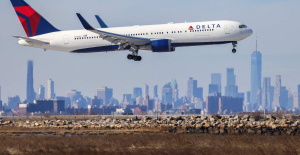 In the United States, a Boeing 767 loses its emergency slide shortly after takeoff
In the United States, a Boeing 767 loses its emergency slide shortly after takeoff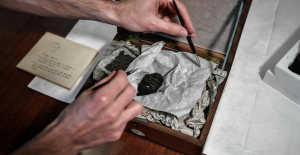 A charred papyrus from Herculaneum reveals its secrets about Plato
A charred papyrus from Herculaneum reveals its secrets about Plato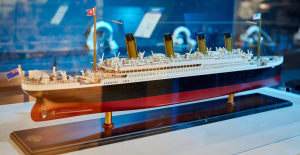 The watch of the richest passenger on the Titanic sold for 1.175 million pounds at auction
The watch of the richest passenger on the Titanic sold for 1.175 million pounds at auction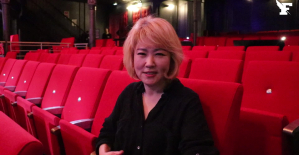 Youn Sun Nah: jazz with nuance and delicacy
Youn Sun Nah: jazz with nuance and delicacy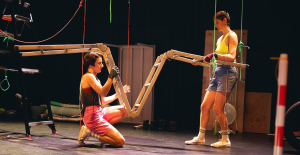 Paris Globe, a new international theater festival
Paris Globe, a new international theater festival Skoda Kodiaq 2024: a 'beast' plug-in hybrid SUV
Skoda Kodiaq 2024: a 'beast' plug-in hybrid SUV Tesla launches a new Model Y with 600 km of autonomy at a "more accessible price"
Tesla launches a new Model Y with 600 km of autonomy at a "more accessible price" The 10 best-selling cars in March 2024 in Spain: sales fall due to Easter
The 10 best-selling cars in March 2024 in Spain: sales fall due to Easter A private jet company buys more than 100 flying cars
A private jet company buys more than 100 flying cars This is how housing prices have changed in Spain in the last decade
This is how housing prices have changed in Spain in the last decade The home mortgage firm drops 10% in January and interest soars to 3.46%
The home mortgage firm drops 10% in January and interest soars to 3.46% The jewel of the Rocío de Nagüeles urbanization: a dream villa in Marbella
The jewel of the Rocío de Nagüeles urbanization: a dream villa in Marbella Rental prices grow by 7.3% in February: where does it go up and where does it go down?
Rental prices grow by 7.3% in February: where does it go up and where does it go down? Even on a mission for NATO, the Charles-de-Gaulle remains under French control, Lecornu responds to Mélenchon
Even on a mission for NATO, the Charles-de-Gaulle remains under French control, Lecornu responds to Mélenchon “Deadly Europe”, “economic decline”, immigration… What to remember from Emmanuel Macron’s speech at the Sorbonne
“Deadly Europe”, “economic decline”, immigration… What to remember from Emmanuel Macron’s speech at the Sorbonne Sale of Biogaran: The Republicans write to Emmanuel Macron
Sale of Biogaran: The Republicans write to Emmanuel Macron Europeans: “All those who claim that we don’t need Europe are liars”, criticizes Bayrou
Europeans: “All those who claim that we don’t need Europe are liars”, criticizes Bayrou These French cities that will boycott the World Cup in Qatar
These French cities that will boycott the World Cup in Qatar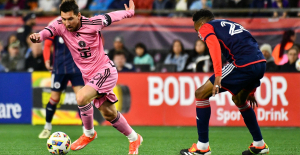 MLS: new double for Messi who offers victory to Miami
MLS: new double for Messi who offers victory to Miami PSG-Le Havre: Ramos on his way, Kolo Muani at the bottom of the hole… Favorites and scratches
PSG-Le Havre: Ramos on his way, Kolo Muani at the bottom of the hole… Favorites and scratches Football: Vasco da Gama separates from its Argentinian coach Ramon Diaz
Football: Vasco da Gama separates from its Argentinian coach Ramon Diaz F1: for the French, Ayrton Senna is the 2nd best driver in history ahead of Prost
F1: for the French, Ayrton Senna is the 2nd best driver in history ahead of Prost




